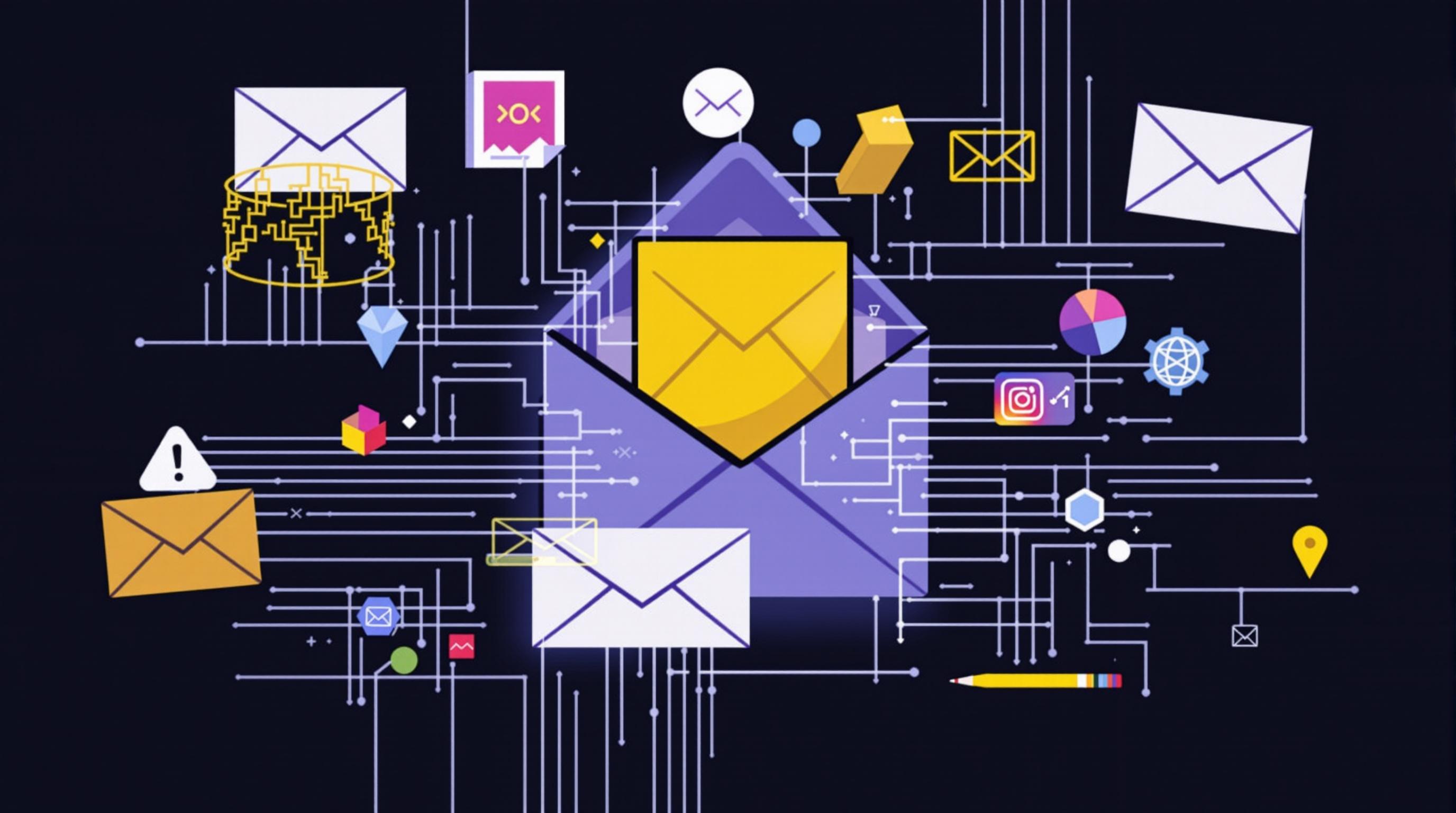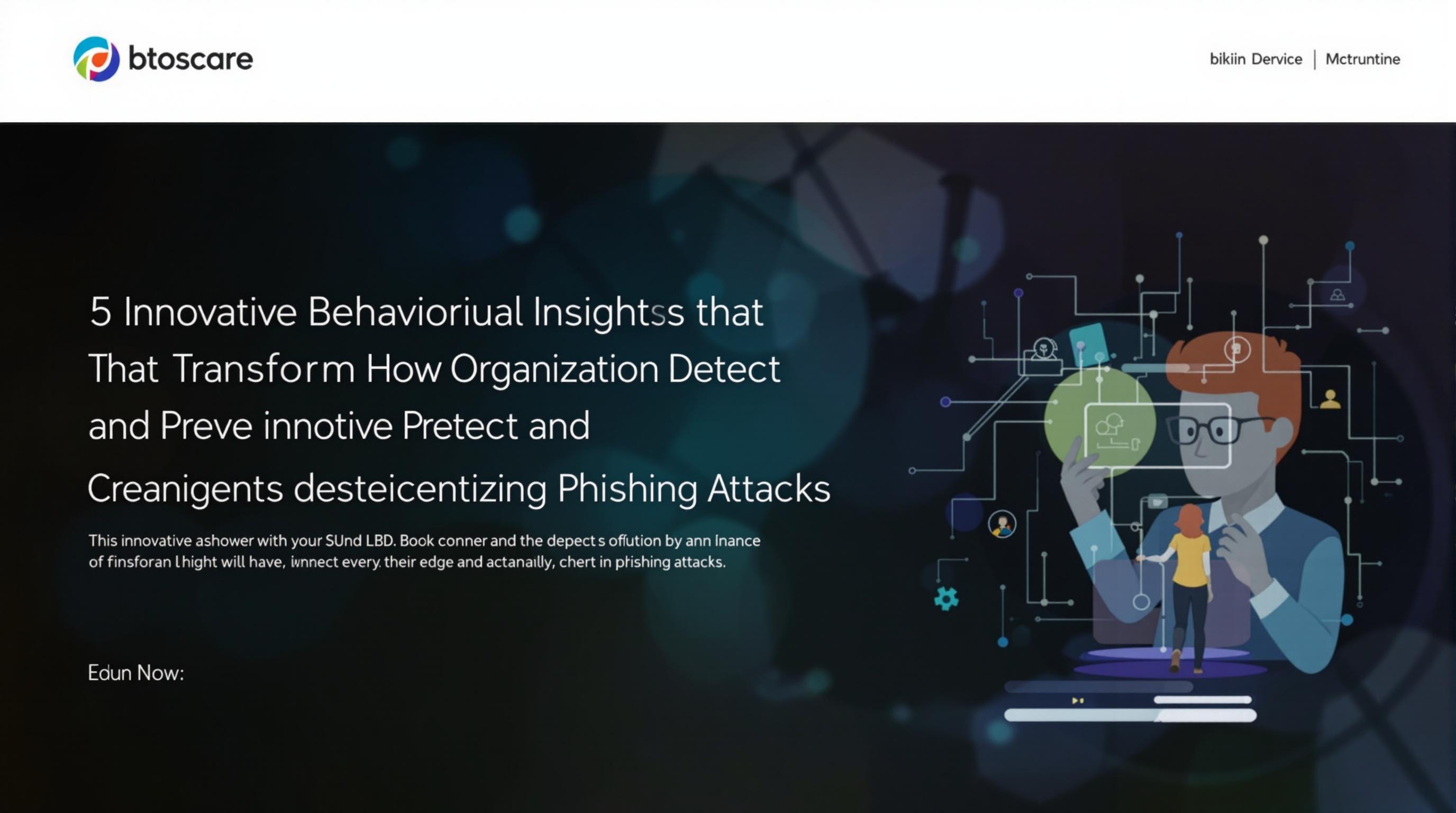Related Articles
- Unveiling the Silent Effects of Malware Residue on IoT Devices and What It Means for Your Connected Home Security
- Top 6 Game-Changing Email Security Suites Released Since 2019 That Actually Stop Cyber Trickery
- The Hidden Impact of AI-Driven Voice Assistants on Your Device’s Safety: Risks Nobody Talks About
- Top 6 Stealth Encryption Products Redefining Data Privacy You Haven’t Heard About Since 2019
- Exploring the Influence of Wi-Fi Radiation on Human Sleep Patterns and Cognitive Health in Modern Living
- Top 8 Stealth Malware Cleaners from the Past 5 Years That Outsmart Evasive Threats
Top 6 Game-Changing Email Security Suites Released Since 2019 That Actually Stop Cyber Trickery
Top 6 Game-Changing Email Security Suites Released Since 2019 That Actually Stop Cyber Trickery
Email security has transformed dramatically since 2019, with new suites that truly dismantle cyber trickery. This article dives into six revolutionary products reshaping how we guard our inboxes from evolving threats.
As a 64-year-old who’s witnessed the digital revolution from its infancy, I can’t stress enough how imperative it is to stay ahead in email protection—a realm where complacency invites disaster. Let me tell you a story: a close friend’s startup lost $120,000 to a phishing scam because their rudimentary email filter failed—until they switched to one of these powerhouse suites discussed below.
Proofpoint Email Protection
Proofpoint, launched in a major upgrade form post-2019, has consistently garnered accolades for its multi-layered defense mechanisms. Its combination of AI-driven threat detection and user behavior analysis makes it a formidable foe against phishing, business email compromise (BEC), and malware.
Proofpoint reported that organizations using their platform experienced a 90% reduction in successful phishing attempts in a recent 2022 case study involving a multinational financial institution.
Why Proofpoint Stands Out
With real-time URL defense, attachment sandboxing, and advanced threat intelligence, it detects zero-day attacks faster than most competitors. Moreover, its granular policy controls fit perfectly into complex corporate environments, offering peace of mind to IT administrators.
Now, shifting gears to a more casual approach—as a 22-year-old tech enthusiast watching my dad get scammed by a cleverly disguised email, I was shocked by how outdated his email client’s protection was. That’s when I stumbled upon Mimecast Email Security, a suite that’s like a vigilant gatekeeper for your inbox.
Mimecast Email Security
Mimecast leverages AI to detect both known and emerging threats, providing robust threat intelligence with a user-friendly interface. Its Secure Messaging feature encrypts sensitive communications, making interception nearly impossible.
According to Mimecast, since 2019, companies using their system have seen up to a 75% drop in spam and phishing emails reaching employees—statistics that translate directly into thwarted cyberattacks.
“The human element is often the weakest link,”
as they say, and Mimecast’s end-user training modules are built right in to help employees recognize malicious attempts—a proven method to reduce successful social engineering hacks.Trend Micro Email Security
Trend Micro’s suite, updated several times since 2019, boasts machine learning-powered scan engines that analyze behavior, origin, and content of emails instantaneously.
In a recent study involving 500 enterprises, Trend Micro reduced email-borne ransomware infection by 85%, a staggering number reflecting its cumulative expertise.
The solution’s cloud-based architecture not only cuts down on latency but also ensures that updates are seamless and continuous, crucial in the face of evolving threats.
Speaking directly to younger readers aged 16-35:
Imagine every email you get has a personal bodyguard checking it before you even see it—that’s Trend Micro. The protective umbrella they create is like anti-virus for your inbox, tuned for today’s tricky cyber attacks.
Switching to tone now, a bit humorous—did you ever get that weird email telling you you’ve won an iPhone but from a suspicious domain? Spoiler: it’s not a prize; it’s a cyber trick. That’s where Microsoft Defender for Office 365 steps into the ring.
Microsoft Defender for Office 365
Integrated tightly with Microsoft 365, this suite shields users with anti-phishing policies, real-time link scanning, and automated investigation and remediation, effectively shrinking threat response times down to minutes.
Microsoft claims their Defender platform blocked over 35 billion malicious and phishing emails monthly as of 2023—a testament to its massive scale and effectiveness.
The suite’s ability to integrate deeply into existing workflows makes it a go-to choice for businesses heavily invested in Microsoft’s ecosystem. It offers automated playbooks that reduce IT workload while enhancing threat detection.
Area 1 Security
This relatively young entrant turns traditional email security on its head by focusing on preemptive attack disruption—identifying threats before they reach the inbox.
Based on a unique cloud email defense platform, Area 1 alerts on targeted spear-phishing and BEC attacks with a 98% detection rate, outperforming some older, more established solutions, according to independent tests from 2021.
For example, a healthcare provider using Area 1 thwarted a major BEC attack that could’ve compromised thousands of patient records—proving effectiveness in critical, high-risk industries.
Formal tone now: According to cybersecurity analyst Jane Smith from InfoSec Magazine (2022), “Area 1 Security represents a paradigm shift, emphasizing upstream threat interruption as opposed to reactive defense.”
GreatHorn Email Security
GreatHorn, innovative since its post-2019 platform release, leverages behavioral analytics and cloud-native architecture to detect subtle signs of credential phishing and impersonation attempts.
Its seamless integration with Gmail and Office 365 makes it exceptionally appealing for mid-sized enterprises and startups that demand agile, powerful email defense without legacy system overhauls.
The company boasts cutting email-based threats by more than 80% for their customers within the first six months of deployment.
Case Study:
A rapidly growing SaaS company implemented GreatHorn and reduced phishing response time from hours to minutes, preventing several near-miss breaches within their first quarter—a remarkable example of proactive security enabling business growth.
To close, remember this: cyber attackers evolve constantly, but with these six newly minted champions of email security, your defenses can too. Embrace one that fits your unique environment, and stay vigilant. Your inbox is the frontline of your digital life—guard it well.




